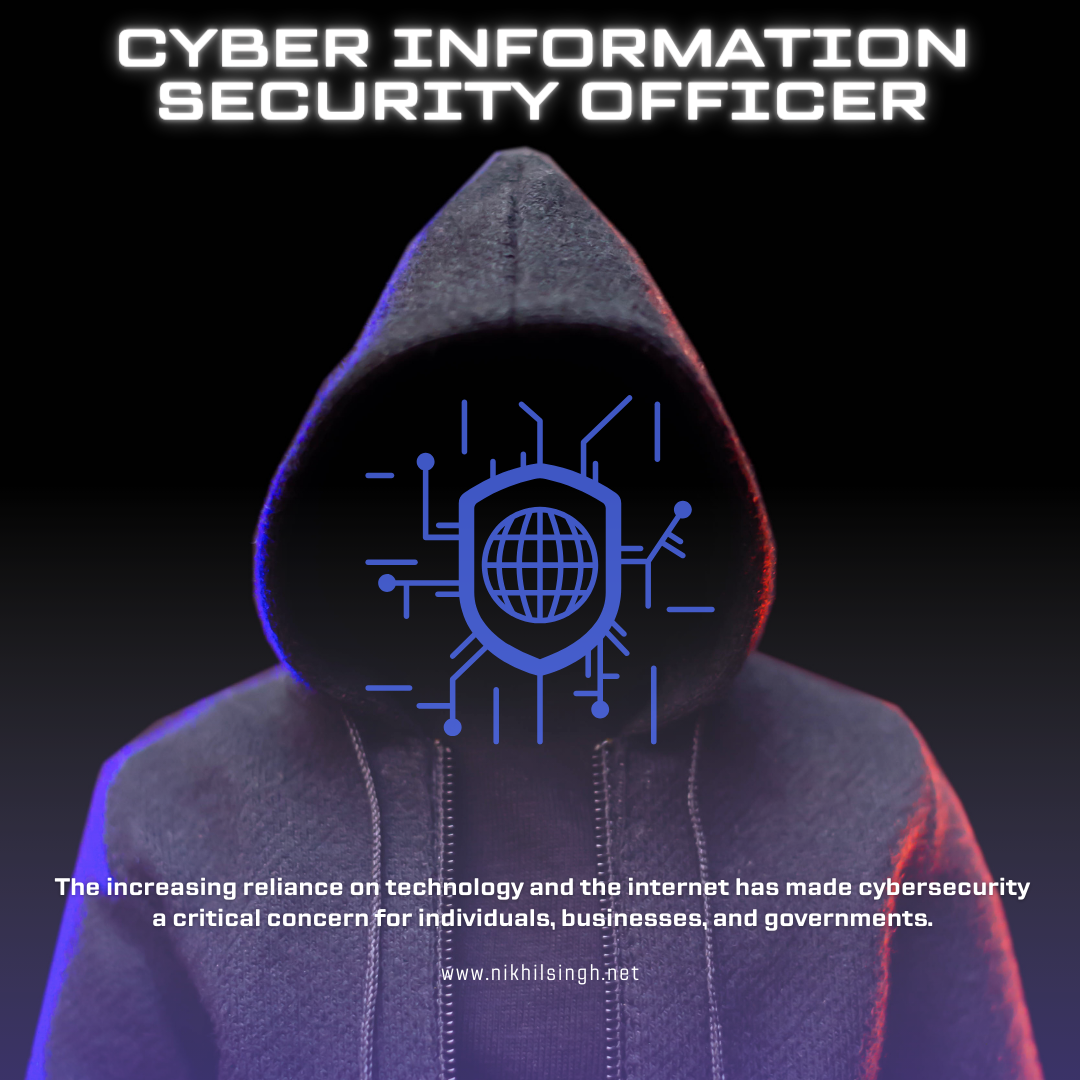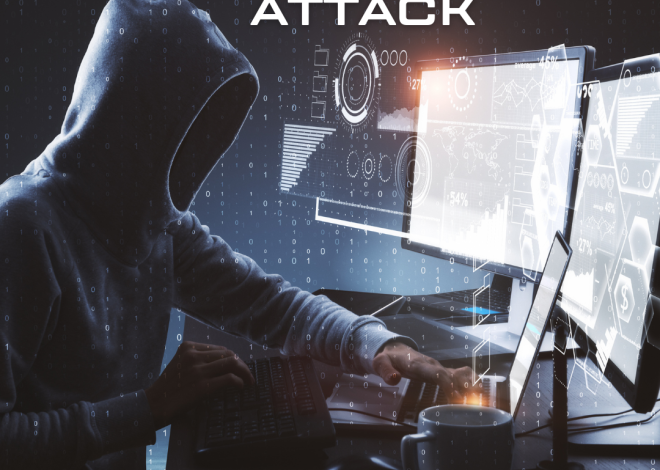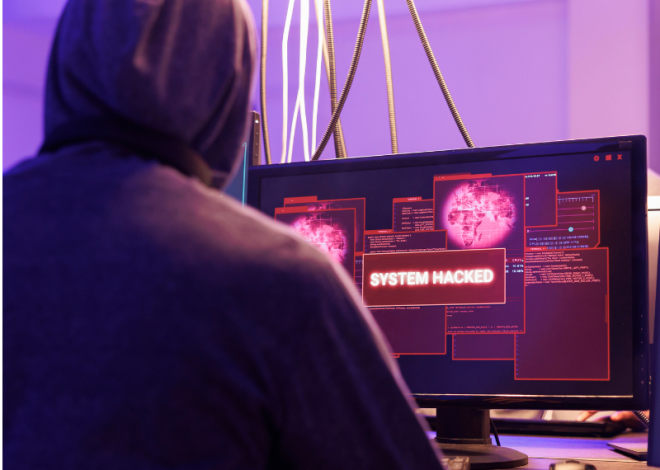
CISO Empowerment: 7 Strategic Role in Safeguarding the Future of Security
In today’s digital age, cybersecurity is a critical concern for governments worldwide. With the increasing frequency and sophistication of cyber attacks, the role of a Chief Information Security Officer (CISO) in an Indian government organization has never been more important. The CISO plays a crucial role in safeguarding sensitive information and ensuring the integrity, confidentiality, and availability of government systems and data. In this blog, we will explore the roles and responsibilities of a CISO in an Indian government organization, along with best practices to enhance cybersecurity.
Contents
Fortifying Cybersecurity: The Crucial Role of a CISO in Safeguarding Organizations
Developing and Implementing Information Security Policies: The Chief Information Security Officer is responsible for developing and implementing information security policies and procedures that comply with government regulations and industry standards. This includes establishing guidelines for data protection, access control, and incident response.
Risk Assessment and Management: The Chief Information Security Officer-conducts regular risk assessments to identify potential vulnerabilities in government systems and develops strategies to mitigate these risks. This includes evaluating new technologies, assessing their potential impact on security, and recommending appropriate security measures.
Security Incident Response: In the event of a security breach or incident, the Chief Information Security Officer leads the response effort, coordinating with internal teams and external stakeholders to contain the breach, investigate the incident, and implement corrective actions to prevent future incidents.
Security Awareness and Training: The Chief Information Security Officer is responsible for promoting a culture of security awareness among government employees, contractors, and partners. This includes conducting regular training sessions, developing educational materials, and raising awareness about the importance of cybersecurity.
Vendor Management: The Chief Information Security Officer oversees the security of third-party vendors and contractors who have access to government systems or data. This includes conducting due diligence, monitoring vendor compliance with security policies, and implementing contractual agreements to protect government information.
Security Compliance: The Chief Information Security Officer ensures that government systems and processes comply with relevant security standards, regulations, and guidelines. This includes conducting regular audits, assessments, and reviews to verify compliance and address any non-compliance issues.
Security Architecture and Design: The CISO collaborates with IT and security teams to design and implement secure architectures for government systems and applications. This includes evaluating security technologies, designing secure network infrastructures, and implementing best practices for secure software development.
Best Practices for CISOs
Stay Informed: Keep abreast of the latest cybersecurity trends, threats, and best practices by attending conferences, webinars, and training sessions.
Build Strong Relationships: Foster strong relationships with internal stakeholders, government agencies, and industry partners to collaborate on cybersecurity initiatives and share threat intelligence.
Implement Security Controls: Deploy robust security controls such as firewalls, intrusion detection systems, and encryption to protect government systems and data.
Monitor and Respond: Continuously monitor government systems for security incidents and promptly respond to any breaches or vulnerabilities.
Educate and Train: Provide regular cybersecurity training and awareness programs for government employees to help them recognize and mitigate security risks.
Audit and Review: Conduct regular audits and security assessments to ensure compliance with security policies and regulations.
Plan for Continuity: Develop and maintain a robust business continuity and disaster recovery plan to ensure the resilience of government systems in the face of cyber threats.
The future of the Chief Information Security Officer (CISO)
The CISO role is set to become more dynamic and challenging, shaped by evolving cybersecurity and digital transformation trends.Key factors will shape the future of the CISO role:
Increased Importance of Cybersecurity: As cyber threats continue to evolve in sophistication and frequency, cybersecurity will become an even more critical concern for organizations across all sectors. This will elevate the role of the CISO as a strategic leader responsible for developing and implementing comprehensive cybersecurity strategies.
Integration with Business Strategy: CISOs will be expected to align cybersecurity initiatives with overall business objectives, ensuring that security measures enable and support business growth and innovation. This requires CISOs to have a deep understanding of business processes and risks.
Data Protection and Privacy: With the proliferation of data and increased regulatory scrutiny, CISOs will play a crucial role in ensuring the protection of sensitive data and compliance with privacy regulations such as GDPR, CCPA, and others.
Cloud Security: As organizations increasingly adopt cloud services, CISOs will need to focus on securing cloud environments and ensuring that data stored in the cloud is protected from unauthorized access and breaches.
IoT and OT Security: The proliferation of Internet of Things (IoT) devices and operational technology (OT) systems will present new security challenges. CISOs will need to develop strategies to secure these devices and systems from cyber threats.
AI and Machine Learning: CISOs will leverage AI and machine learning technologies to enhance their cybersecurity efforts, including threat detection, incident response, and security analytics.
Skills and Talent Shortage: There is a growing shortage of cybersecurity professionals with the necessary skills and expertise. CISOs will need to focus on developing talent within their organizations and implementing strategies to attract and retain cybersecurity talent.
Regulatory Compliance: CISOs will continue to be responsible for ensuring compliance with a growing number of cybersecurity regulations and standards, requiring them to stay abreast of regulatory developments and adapt their strategies accordingly.
In conclusion, the role of a Chief Information Security Officer in an Indian government organization is crucial for ensuring the security and integrity of government systems and data. By fulfilling their roles and responsibilities effectively and adopting best practices, CISOs can help safeguard sensitive information and protect against cyber threats.
Learn more about Chief Information Security
Follow official LinkedIn profile for more future updates, Nikhil Singh.








Hello! If you’re looking for a professional website developer or a responsive website designer, you’re in the right place. With 15 years of experience, I specialize in WordPress design and development, full stack development, creating responsive and mobile-friendly sites, and integrating payment gateways. My expertise also includes speed optimization, custom development, and building eCommerce solutions. I can troubleshoot and fix bugs, ensuring your website performs at its best. Let’s collaborate to create the perfect website for your needs!
Feel free to send me an email at webdesignservices111@outlook.com to collaborate.
Muchas gracias. ?Como puedo iniciar sesion?